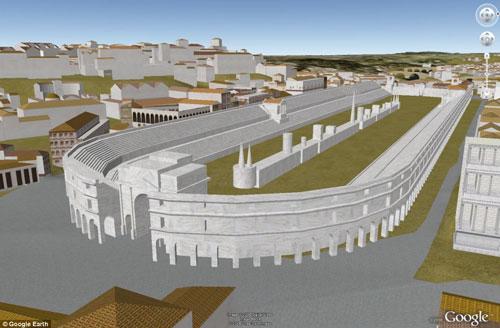New Version of 'Google Earth' Revives 3D Ancient Rome - Age1983
Google says the 3D Ancient Rome will be of immeasurable value to historians, students and schoolchildren, and can also "revive" the city for tourists. Although some cities - such as San Francisco and Munich - and famous landmarks have been rebuilt in 3D, it is the first time that users can find themselves in an ancient city. So far, only 300 original ruins of ancient Rome are still standing there. Google's computer model is based on scholars' and experts' reconstruction of 6700 buildings during the period of Emperor Constantine (the first Roman emperor who believed in Christianity). The automatically popping up "information bubbles" provide additional details about 250 locations around the ancient Roman city.
Bernard Frische, head of the Institute for Advanced Technology in the Humanities at the University of Virginia, participated in the "construction" of the virtual ancient Rome. He said: "This project is a continuation of five centuries of research by scholars, architects and artists since the Renaissance, they tried to use words, drawings and paintings...




